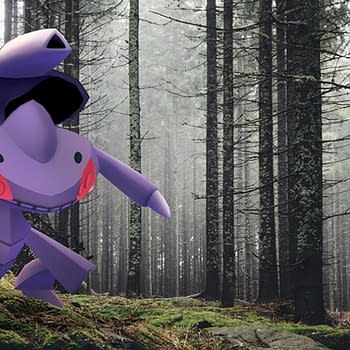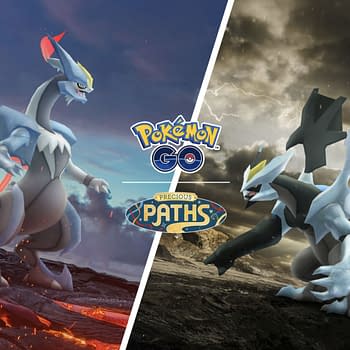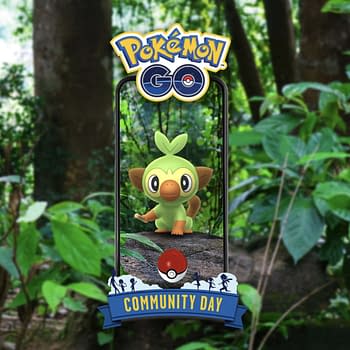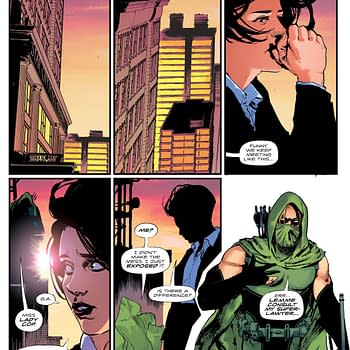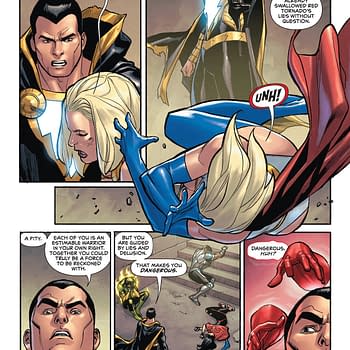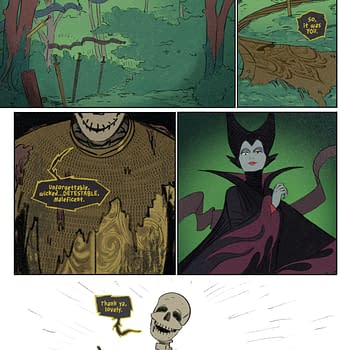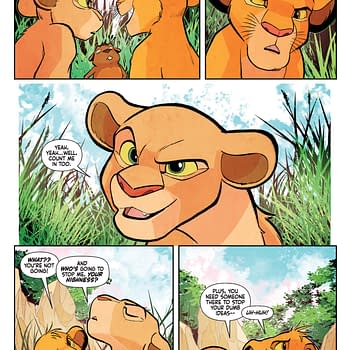Posted in: Comics, Comics Publishers, Image, Review | Tagged: big girls, image, image comics, jason howard, Review
Big Girls #4 Review: A Nuanced Exploration By Jason Howard
For three issues so far, Big Girls, written and drawn by Jason Howard with artwork by Fonografiks, has told a compelling story about a version of our world where things have gone horribly wrong. Certain baby boys mutate into creatures called Jacks, horrific monsters that tower as high and skyscrapers and destroy everything in sight. Certain baby girls also mutate into giants, but unlike the Jacks, these "Big Girls" retain their full personality and compassion, essentially just becoming gigantic versions of themselves. The lead character, Ember, is a Big Girl tasked, along with two others, with defending a safety zone from Jacks. Recently, she has begun questioning the morality of her job as she begins to see glimpses of humanity in the Jacks during their attacks. This leads to the fight with a fellow Big Girl. Let's see how it goes down.
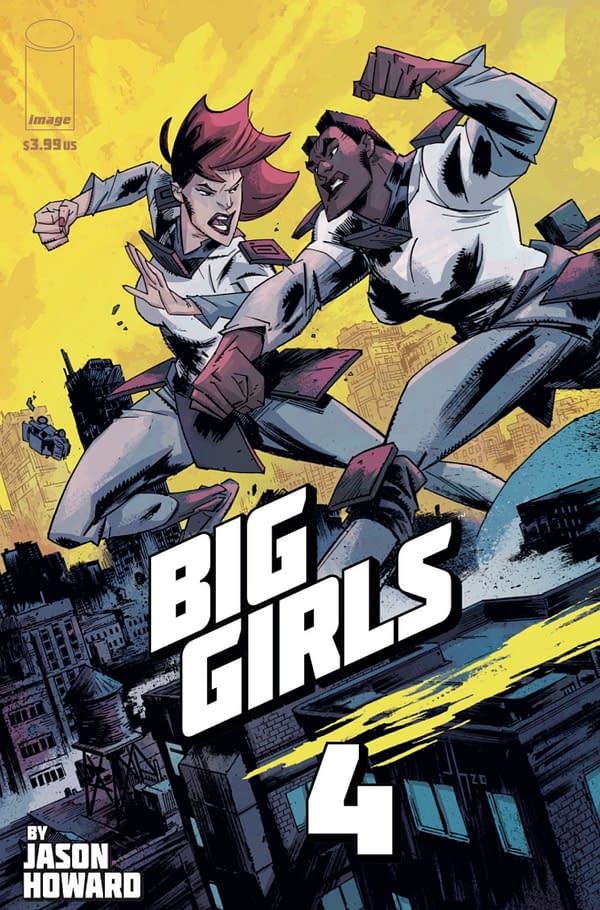
So, the Big Girl fight that was teased at the end of the last issue is resolved very quickly. No complaints here, though, because while the action is interesting, the moral exploration has always been the strong point of this series. The physical battle between these two defenders of the safe zone is about as on-the-nose as Big Girls gets, with a physical battle representing the warring sides of Ember internally: she is told that the Jacks are pure monsters and has seen true horror, but she has a sneaking suspicion that things are more complex than that. Things get really interesting, and much murkier, in the flashback that follows this issue, focusing on the series' "antagonist" Gulliver. In seeing her past, we are made to sympathize with and understand both her and High Marshall Tannik, who speaks the series most poignant line: "I would have had two years before he started showing signs."
Big Girls shows a moral divide between those who hope to fix the problem and those who look at it as a done deal and opt, instead, to protect the rest of the world. On a deeper level, though, the concept has even more nuance than I'd originally thought. It seems as if Howard is telling a story about what happens when people look at each other, even those who commit atrocities, as pure evil. In looking at humanity as pure evil, it not only fails to see the scope of a full person, but it, in a way, creates the idea that humans, somehow, can't do evil. It creates a "them" and an "us." With each issue, Big Girls explores this concept deeper and deeper. Just imagine where it could go.


